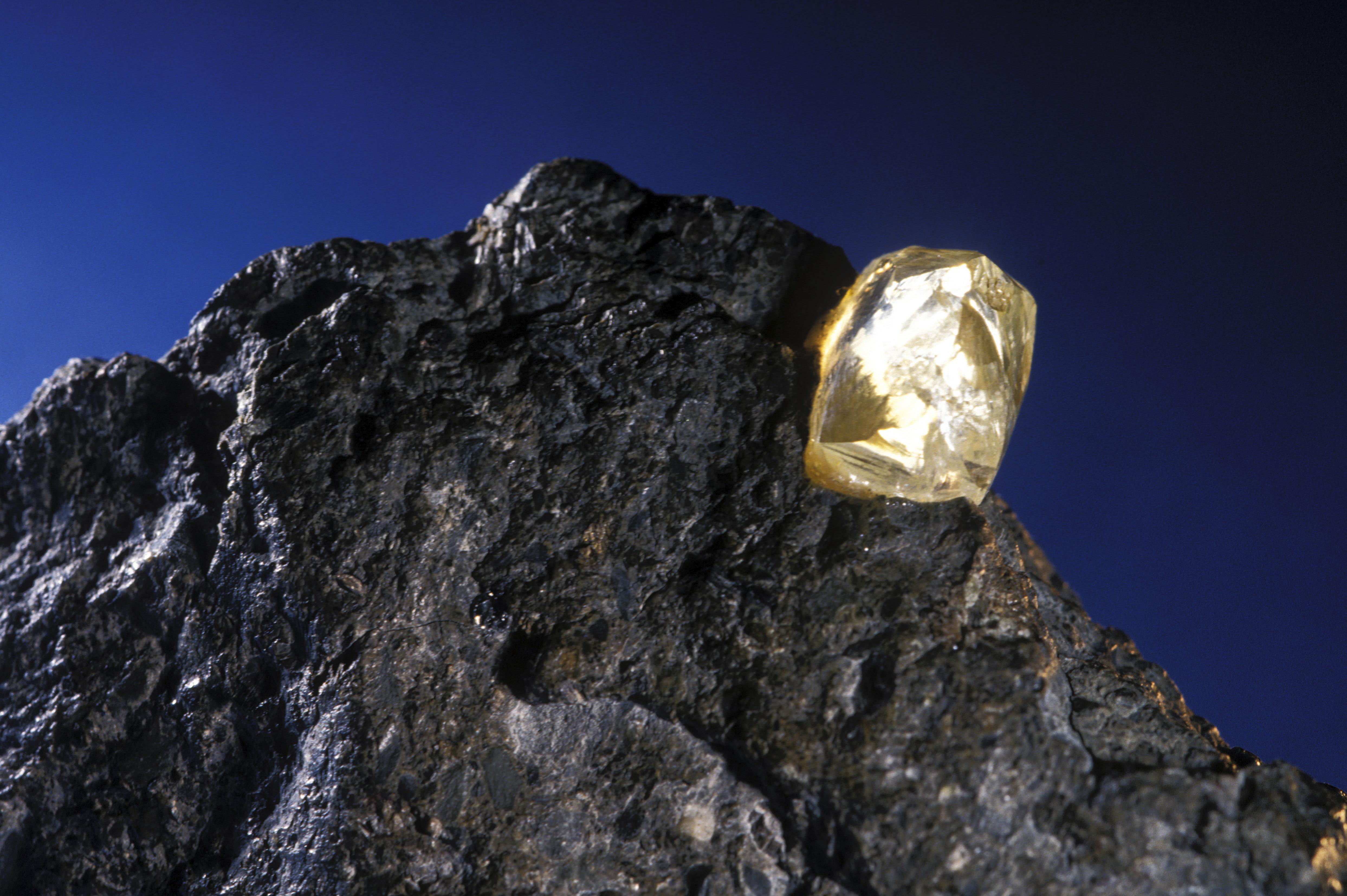
Sciences & Technology
Sinkholes: What on earth’s happening?

A rock that is the source of most of the world’s diamond deposits is giving us insights into the Earth’s formation
Published 26 September 2019
Our planet formed around 4.54 billion years ago but few hints of this ancient world remain - just a small outcrop of rocks in northwestern Canada dating back 4.03 billion years and tiny crystals of the mineral zircon from western Australia that are about 4.3 billion years old.
The vast majority of the thin crust that we live on is considerably younger; this lack of preserved older material is a consequence of our dynamic planet.

The constant jostling of tectonic plates forms and destroys rocks, while the action of the hydrological cycle – rain, rivers, glaciers, oceans – tends to erode and redistribute their constituents.
For many decades, however, scientists have hypothesised that there are areas deep in the Earth’s interior that contain material untouched since the planet was formed.
These domains of primordial material are leftovers from the ancient event that saw the separation of our planet’s core from the silicate component which makes up most of the Earth’s crust and mantle.

Sciences & Technology
Sinkholes: What on earth’s happening?
Now, new University of Melbourne research is shedding some light on this puzzle using kimberlites – an igneous rock.
These unusual magmas are the primary source of one of our most treasured commodities – diamonds. They are the only volcanic deposits we know to have come from Earth’s deep mantle and they provide a fascinating glimpse into our planet’s formation.
Despite our best efforts, hypotheses about what lies deep in the Earth’s interior have remained largely untested.
We can create images of our planet’s interior using geophysical techniques involving seismic wave transmission, but it is a much harder task to determine the composition of the deep Earth.

Samples are rarely presented to us for analysis, and we do not have the technology to drill into the Earth’s mantle to find this material at its source.
The deepest hole ever drilled, the Kola Superdeep Borehole in northwest Russia, reaches just over 12 kilometres in depth.
Although that may sound deep, it’s barely one third of the way through the crust in that region. In fact, we would need to dig more than 500 kilometres further into the underlying mantle to have any chance of finding primordial material.

Many of our ideas about the composition of the Earth’s interior actually come from meteorites.
We believe they derive from catastrophic collisions that released material from deep within early solar system planets that were formed in a similar way to the Earth.
However, there are rare eruptive events that bring to the surface material from deep in the Earth, such as kimberlites.
Kimberlite eruptions have never been witnessed, because most kimberlites were formed millions to billions of years ago.

But, we know from their textures and volatile-rich nature that these eruptions must have been extremely violent, travelling through the Earth’s mantle at extreme speed and sampling their surroundings as they went.
A small percentage of diamonds carry tiny inclusions of other minerals which are only stable at great pressures, providing clear evidence of their formation happening at depths of up to 800 kilometres.
So, kimberlites are the only volcanic deposits we know to have come from Earth’s deep mantle.

Sciences & Technology
The man who smashes diamonds for science
In our study with University of Melbourne researchers Professor David Phillips and Drs Andrea Giuliani and Roland Maas, Professor Graham Pearson from the University of Alberta, and Dr Geoff Nowell from Durham University, we measured the composition of kimberlites that erupted over a 2.5 billion year period of Earth history; collecting data and samples from thirteen kimberlite fields globally, spanning every continent except Antarctica.
Using sensitive radioisotope tracers, we can map the evolution of their mantle sources through time.
Our results show that, prior to around 200 million years ago, all kimberlites that erupted on Earth were likely sourced from a single primordial reservoir, formed soon after Earth’s core formed.

Then, around 200 million years ago, this reservoir appears to have been disrupted.
This was possibly due to a vast subduction zone established along the margins of the supercontinent Pangaea - the single continent that predated the seven continents that we now have.
Here, collision between tectonic plates forced the younger oceanic crust down beneath the supercontinent and back into the Earth’s deeper mantle. This material may have resulted in the contamination of the primordial reservoir.
These observations provide our best evidence yet for the existence of an early primordial reservoir within the Earth’s mantle - a subject of intense speculation for the last four decades.
And this major event around 200 million years ago may well have represented a significant turning point in the Earth’s geochemical evolution.
Banner: Getty Images